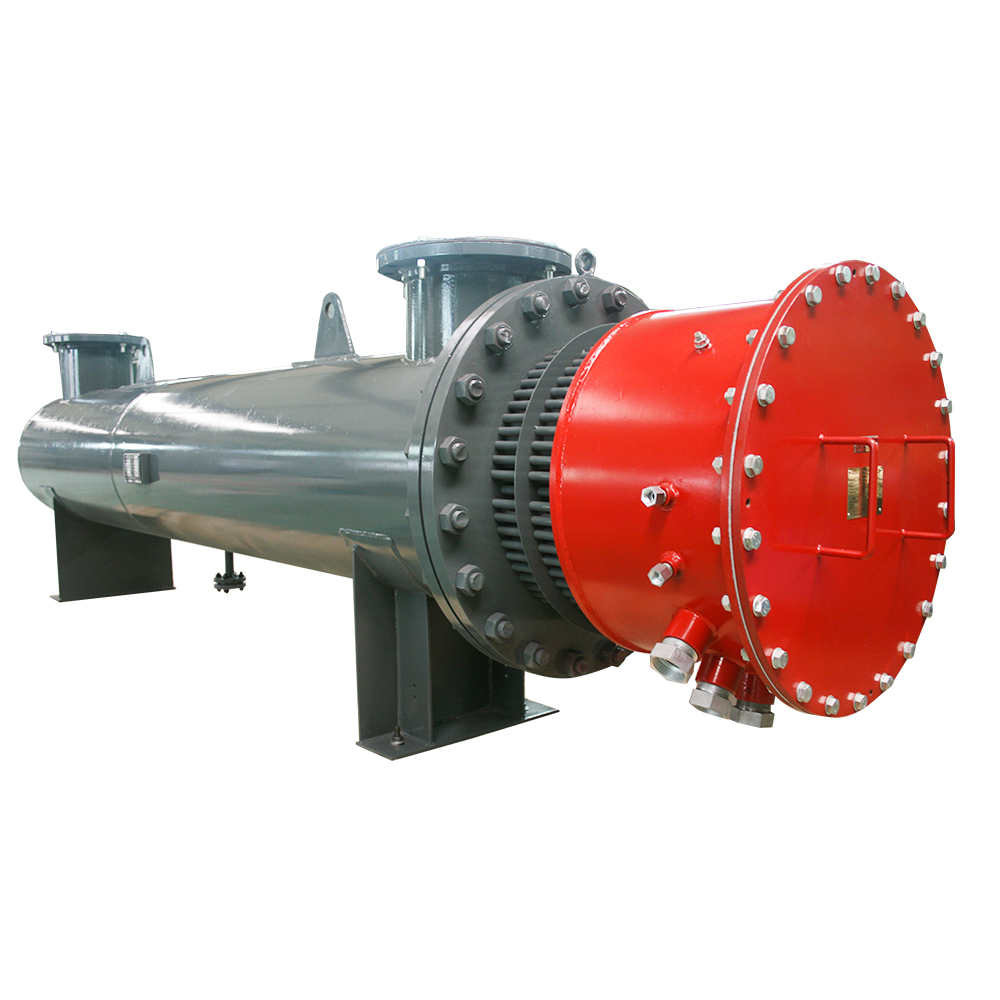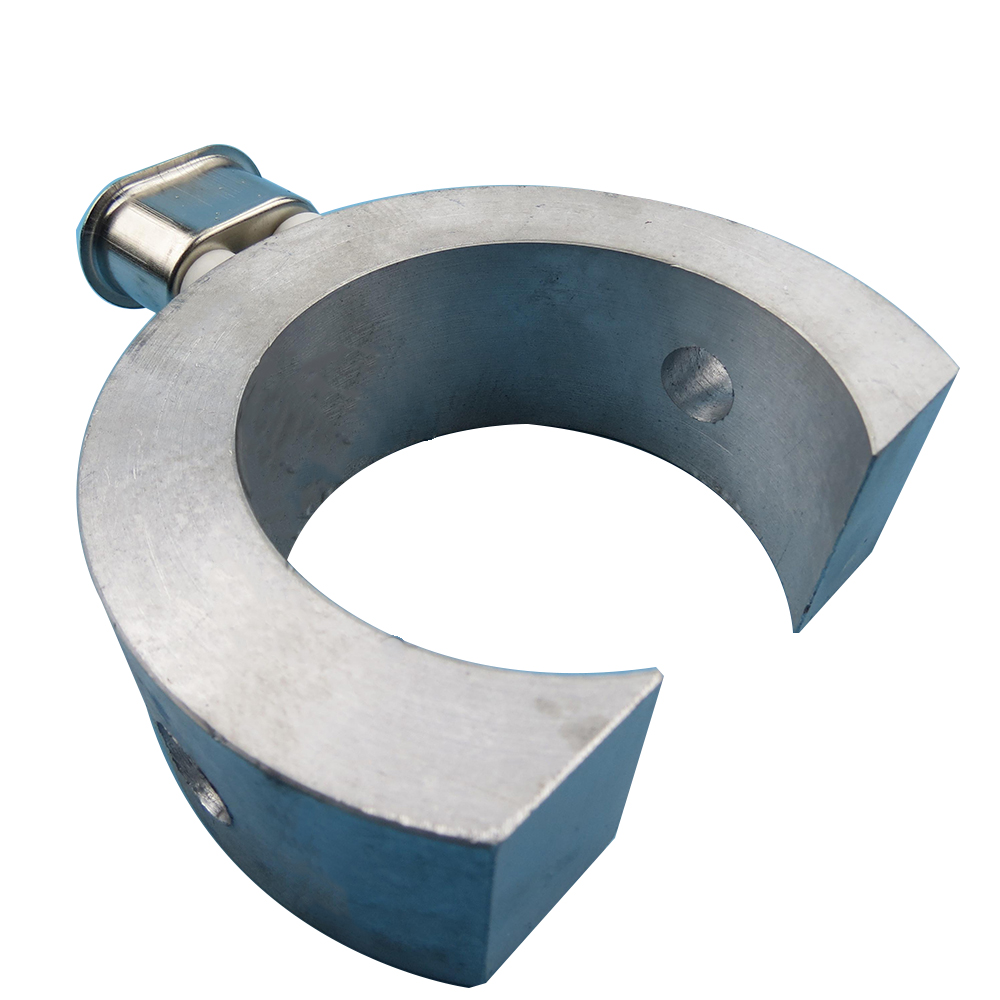Reasonable price Atex-Ex Flange Heater - Freeze protection trace heating – Weineng
Reasonable price Atex-Ex Flange Heater - Freeze protection trace heating – Weineng Detail:
Feature
Electric heat tracing, heat tape or surface heating, is a system used to maintain or raise the temperature of pipes and vessels using heat tracing cables. Trace heating takes the form of an electrical heating element run in physical contact along the length of a pipe. The pipe is usually covered with thermal insulation to retain heat losses from the pipe. Heat generated by the element then maintains the temperature of the pipe. Trace heating may be used to protect pipes from freezing, to maintain a constant flow temperature in hot water systems, or to maintain process temperatures for piping that must transport substances that solidify at ambient temperatures. Electric trace heating cables are an alternative to steam trace heating where steam is unavailable or unwanted.
Application
The most common pipe trace heating applications include:
Freeze protection
Temperature maintenance
Snow Melting On Driveways
Other uses of trace heating cables
Ramp and stair snow / ice protection
Gulley and roof snow / ice protection
Underfloor heating
Door / frame interface ice protection
Window de-misting
Anti-condensation
Pond freeze protection
Soil warming
Preventing cavitation
Reducing Condensation On Windows
FAQ
1.Are you factory?
Yes, we are factory, all customers are more than welcome to visit our factory .
2.What is heat tape for roofs?
Heat tape is a protected electrical cord that, when used in gutters and pipes, can stop them from freezing. Also known as gutter heat cables or gutter heaters, heat tape helps to prevent ice dams from forming. … But, heat tape for roofs and gutters also comes with its own set of quirks.
3.Does heat tape get warm?
Tucked away in a garden shed or crawl space, the tapes get hot in summer, cold in winter and soaked with moisture off and on year-round. Sadly, heat tape has the potential to cause fires in homes and businesses.
4.Can you cut heat tape to length?
With the exception of cut-to-length heat tape (which is not available for online sale, though you can contact us to find out more), you cannot trim heat tape to length. in a grounded version for applications in ordinary locations up to 305°F.
5.Can heat trace touch itself?
Constant wattage heat trace and MI cable cannot cross or touch itself. … Self-regulating heat trace cables, however, would adjust to this temperature increase, making them safe to cross or overlap. As with any electrical system, though, there are always potential dangers with using heat trace or heat cables.
Production Process
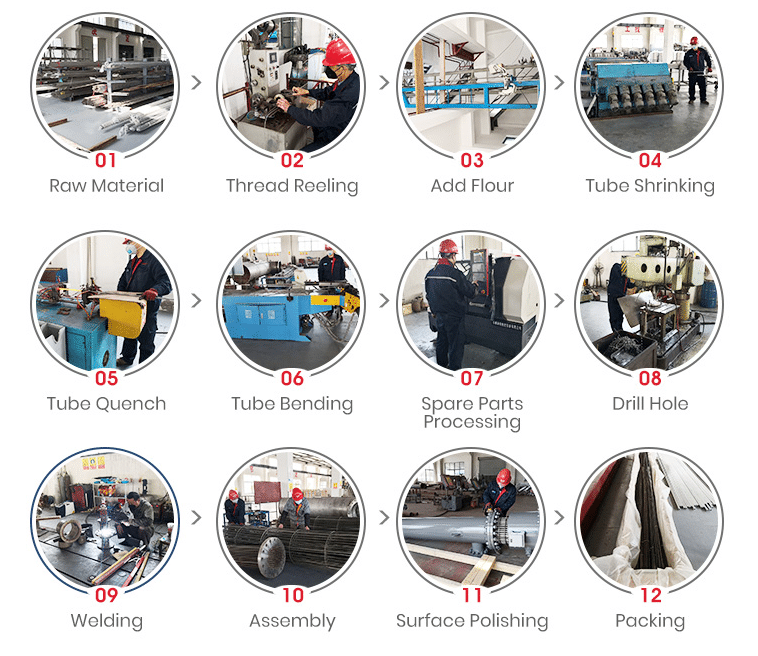
Markets & Applications

Packing
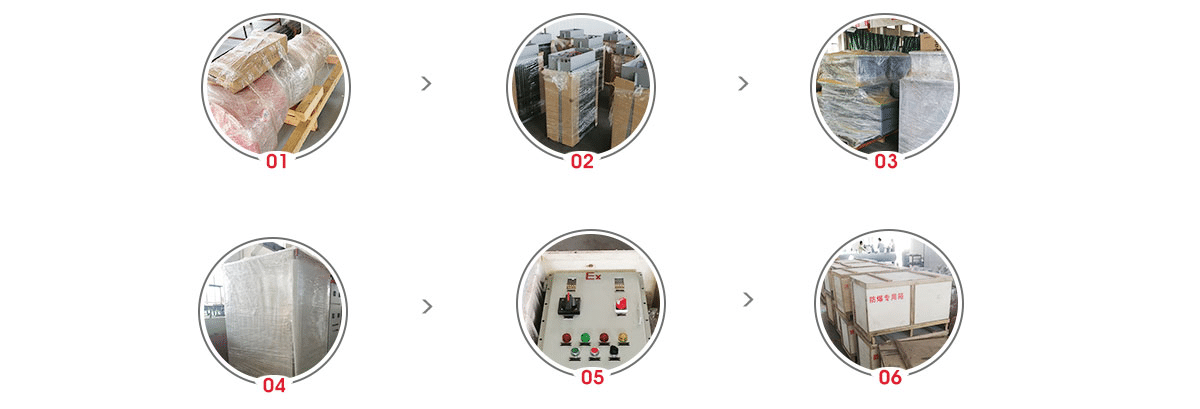
QC & Aftersales Service
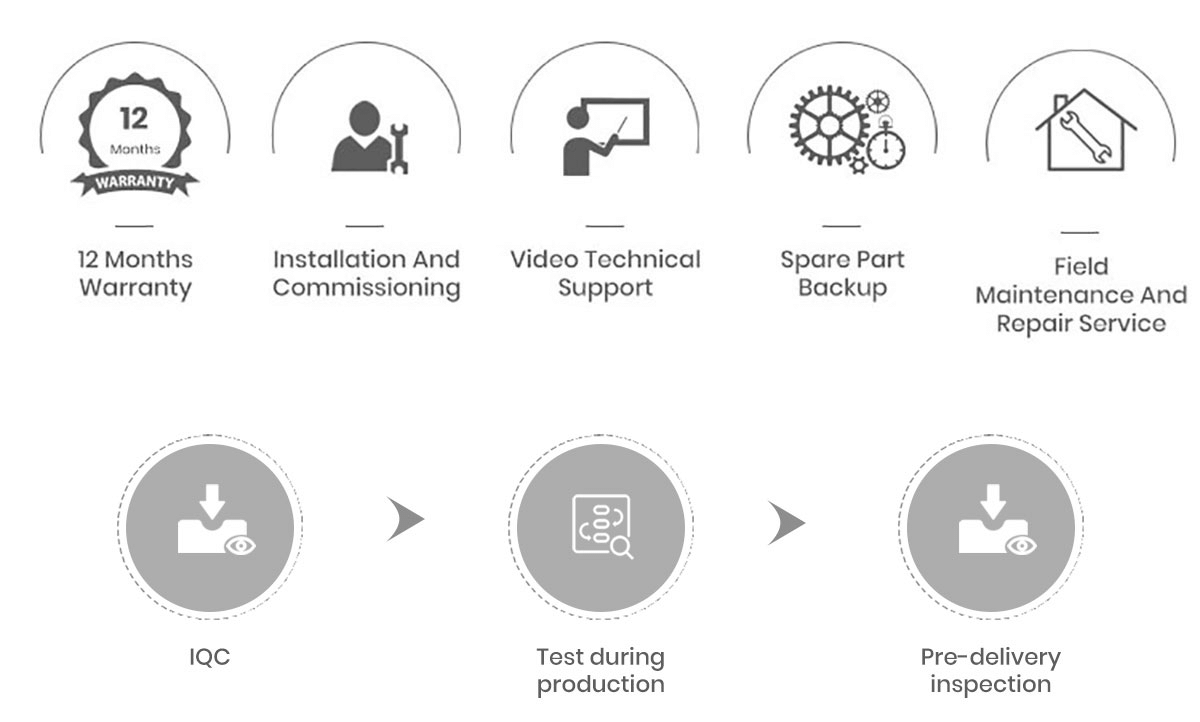
Certification

Contact information

Product detail pictures:

Related Product Guide:
We not only will try our greatest to present fantastic expert services to each purchaser, but also are ready to receive any suggestion offered by our prospects for Reasonable price Atex-Ex Flange Heater - Freeze protection trace heating – Weineng , The product will supply to all over the world, such as: Serbia, Cyprus, Turin, When you are keen on any of our goods following you view our product list, be sure to feel free to make contact with us for inquiries. You'll be able to send us emails and get in touch with us for consultation and we shall respond to you as soon as we're able to. If it's convenient, you could find out our address in our web site and come to our enterprise. or additional information of our products by yourself. We're generally ready to build lengthy and steady co-operation relations with any possible shoppers within the associated fields.
The manufacturer gave us a big discount under the premise of ensuring the quality of products, thank you very much, we will select this company again.

